When you’re out on the water, staying safe should always be a top priority. One of the most vital pieces of safety equipment is undoubtedly personal flotation devices (PFDs).
There are several types to choose from, but two of the most common are buoyancy aids and life jackets. Knowing the differences between these options and understanding which one’s best suited for your specific needs can make all the difference in ensuring your safety.
Let’s dive into comparing buoyancy aids versus life jackets so that you’ll know what to look for when selecting a PFD. We’ll discuss their distinct features, benefits, and limitations, as well as provide guidance on how to decide which option may work better depending on your boating activities.
By being informed about these essential safety tools, you’ll be better prepared to enjoy your time on the water while minimizing risks.
Key Features Of Buoyancy Aids
According to a report by the United States Coast Guard, over 70% of all boating fatalities in recent years have resulted from drowning. A significant proportion of these incidents could have been prevented with the proper use of buoyancy aids or life jackets.
As such, understanding the key features and differences between these two essential pieces of safety equipment is crucial for any water enthusiast.
Buoyancy aids are specifically designed to aid swimming and provide support in the water, making them ideal for activities like kayaking, canoeing, sailing or paddleboarding where users might frequently enter the water deliberately. They achieve this through foam panels strategically placed around the wearer’s upper body that offer just enough flotation without hindering movement.
Unlike life jackets, buoyancy aids do not guarantee self-righting capabilities or keep an unconscious user’s face out of the water; instead, they prioritize freedom of movement and comfort while still offering some degree of floatation assistance.
Understanding Life Jackets
Life jackets, often referred to as personal flotation devices (PFDs), are essential for ensuring safety while participating in water-based activities. These devices come in various designs and buoyancy levels specifically tailored to meet the needs of different users, including adults, children, and even pets.
It is crucial to understand how life jackets work and their importance in order to make informed decisions about which type best suits your unique requirements. To ensure optimum safety during water-based activities, it is vital to choose an appropriate PFD designed for specific conditions and purposes.
For instance, offshore life jackets provide increased protection suitable for rough waters far from shorelines; near-shore vests are ideal for calm inland waters or where quick rescue is possible; throwable devices like ring buoys can be deployed swiftly during emergencies.
Moreover, proper fit and maintenance play a significant role in guaranteeing the effectiveness of your chosen life jacket. Periodic inspection for wear, tear, and functionality ensures reliable performance when needed most.
Always remember that investing time in understanding life jackets leads to better decision-making regarding boating safety equipment – ultimately resulting in enhanced security on the water.
Comparing Advantages And Limitations
The advantages of a buoyancy aid are that it is lightweight and comfortable to wear, allowing for greater freedom of movement. However, it does not offer the same level of buoyancy as a life jacket and is not suitable for use in rough or cold water.
A life jacket offers superior buoyancy and is designed for use in more challenging conditions. However, it is bulkier and less comfortable to wear than a buoyancy aid.
Advantages Of Buoyancy Aid
When it comes to staying safe on the water, choosing between a buoyancy aid and a life jacket can be quite an important decision.
Let’s dive into some of the advantages that make buoyancy aids stand out as excellent safety equipment for various water-based activities.
Buoyancy aids offer greater freedom of movement than life jackets, making them ideal for active water sports such as paddling, kayaking, or sailing.
Their lightweight design allows you to move comfortably without feeling weighed down by bulky flotation devices. Furthermore, they are designed specifically to help maintain your body heat in cold conditions – an essential feature when participating in watersports during colder months.
Another significant advantage is their ability to self-right; this means that if you fall unconscious into the water while wearing one, it will automatically roll you onto your back so that your face remains above the surface.
This key feature helps reduce the risk of drowning and ensures maximum safety while enjoying your favorite aquatic pursuits.
Limitations Of Buoyancy Aid
While buoyancy aids offer numerous advantages for water enthusiasts, it’s essential to be aware of their limitations as well. One notable drawback is that they don’t provide the same level of flotation support as life jackets, meaning they may not be suitable for non-swimmers or those with limited swimming abilities.
Additionally, unlike life jackets equipped with neck supports and crotch straps, buoyancy aids aren’t designed to keep your head above water if you’re unconscious or incapacitated.
Another limitation to consider is their suitability for different types of water activities. Buoyancy aids are ideal for sports such as kayaking, canoeing, and sailing; however, they might not be the best choice for high-speed watersports like jet skiing or power boating due to their lower buoyancy levels. In these situations, a life jacket would typically offer better protection and safety.
Choosing The Right Pfd For Your Activities
Selecting the appropriate personal flotation device (PFD) for your water-based activities is crucial; it ensures safety, enhances performance, and maximizes enjoyment.
Before making a decision between a buoyancy aid or life jacket, consider factors such as intended use, swimming ability, and environmental conditions.
Conversely, if you plan on sailing or engaging in less physically demanding activities where rescue might take longer, choose a life jacket with increased buoyancy that’s designed to keep an unconscious person face-up.
Remember that investing in the right PFD not only increases your overall safety but also contributes to an enjoyable experience on the water.
Consult reputable sources such as boating safety organizations or experienced professionals when selecting equipment tailored to your specific needs.
By prioritizing comfort, fit and suitability for your chosen activity, you’ll be well-equipped to navigate any aquatic adventure safely and confidently.
What Are the Differences Between a Buoyancy Aid and a Life Jacket in Terms of Safety?
When it comes to safety on the water, understanding the differences between a buoyancy aid and a life jacket is crucial. In a puddle jumper versus life jacket comparison, the main distinction lies in their intended purposes. Buoyancy aids offer freedom of movement for activities like paddleboarding, while life jackets provide maximum flotation to keep the wearer afloat in emergency situations.
Frequently Asked Questions
How Do I Properly Maintain And Care For My Buoyancy Aid Or Life Jacket?
To properly maintain and care for your buoyancy aid or life jacket, you can follow a few key steps that will ensure its effectiveness and longevity.
First, always rinse your gear with fresh water after each use to remove salt, dirt, and other debris. Dry in a shaded undercover area.
Make sure you store them in a well-ventilated area away from heat sources and chemicals that could harm their integrity.
Periodically inspect your flotation device for any signs of wear or damage such as fraying straps, broken buckles or zippers, weakened fabric or compromised seals; if found, make necessary steps to replace the item entirely.
Lastly, never alter your buoyancy aid or life jacket in any way, as doing so may compromise its performance during an emergency situation.
Are There Any Specific Regulations Or Certifications I Should Be Aware Of?
When in Rome, do as the Romans do – this adage applies to purchasing a buoyancy aid or life jacket for use in your location. Adhering to specific regulations and certifications is crucial for ensuring boating safety and compliance with local laws.
In the United States, for instance, personal flotation devices (PFDs) must be approved by the U.S. Coast Guard (USCG). Look for a label or stamp indicating USCG approval along with information on its intended use, size recommendations, and care instructions.
Similarly, European countries require PFDs to adhere to ISO standards such as ISO 12402-5 for buoyancy aids and ISO 12402-3 for life jackets. Familiarize yourself with regional guidelines and choose an appropriate device based on those specifications so you can stay safe and enjoy peace of mind while out on the water.
Can I Use A Buoyancy Aid Or Life Jacket For My Pet?
Yes, you can use a buoyancy aid or life jacket for your pet to ensure their safety while in or around water.
When choosing the right one, consider factors such as your pet’s size, weight, and swimming ability.
Look for features like adequate flotation support, sturdy grab handles for easy retrieval from the water, adjustable straps for a secure fit, and durable materials that resist wear and tear.

Additionally, make sure the chosen device doesn’t restrict your pet’s movement or cause discomfort.
It is also advisable to check if any specific regulations or certifications apply to pet life jackets in your location before making a purchase.
Are There Any Additional Safety Accessories Or Features I Should Consider?
As a technical writer for boating safety, I highly recommend investing in additional safety accessories and features alongside your buoyancy aid or life jacket to enhance water safety.
These may include reflective tape or patches for increased visibility, a whistle or air horn for signaling distress, crotch straps to keep the flotation device securely in place, a strobe light or personal locator beacon (PLB) for rescue assistance, as well as marine-grade sunblock and wide-brimmed hats for protection against harmful UV rays.
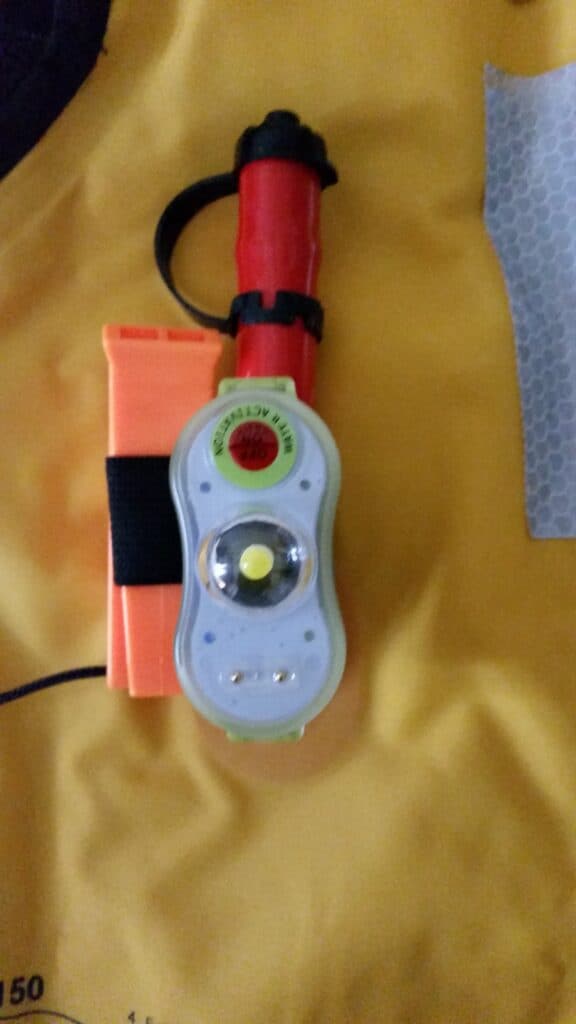 | 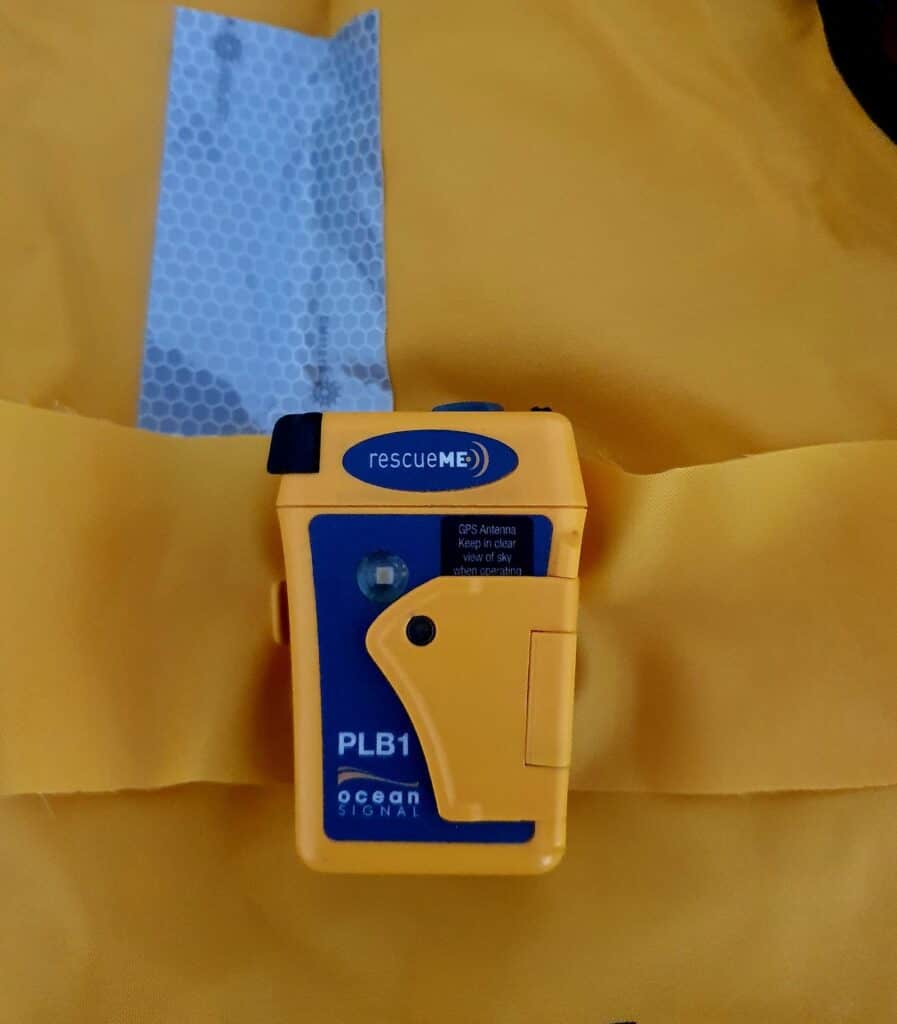 |
By considering these supplementary measures when gearing up for aquatic activities, you can significantly increase the overall level of protection and potentially lifesaving capabilities provided by your chosen flotation device.

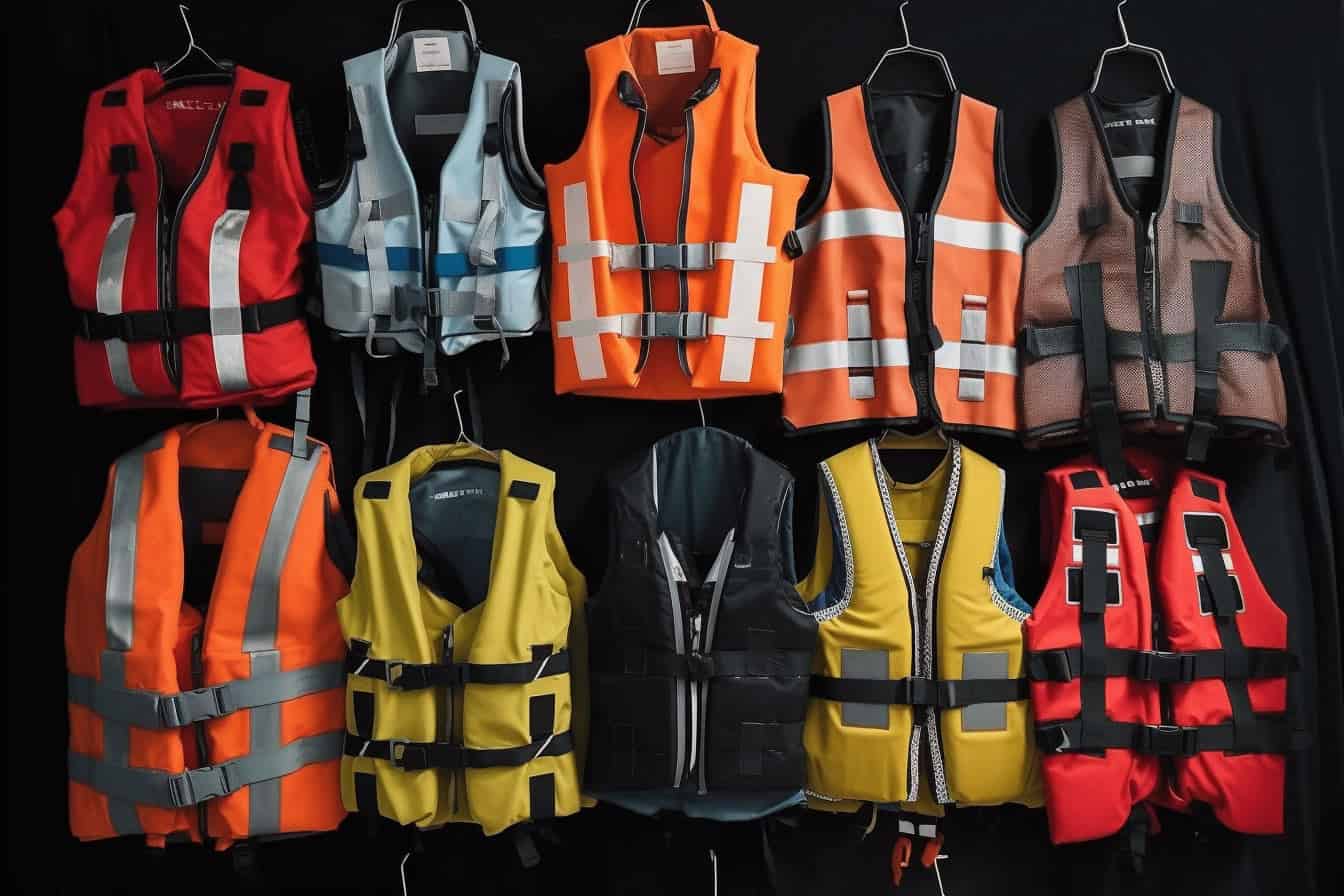
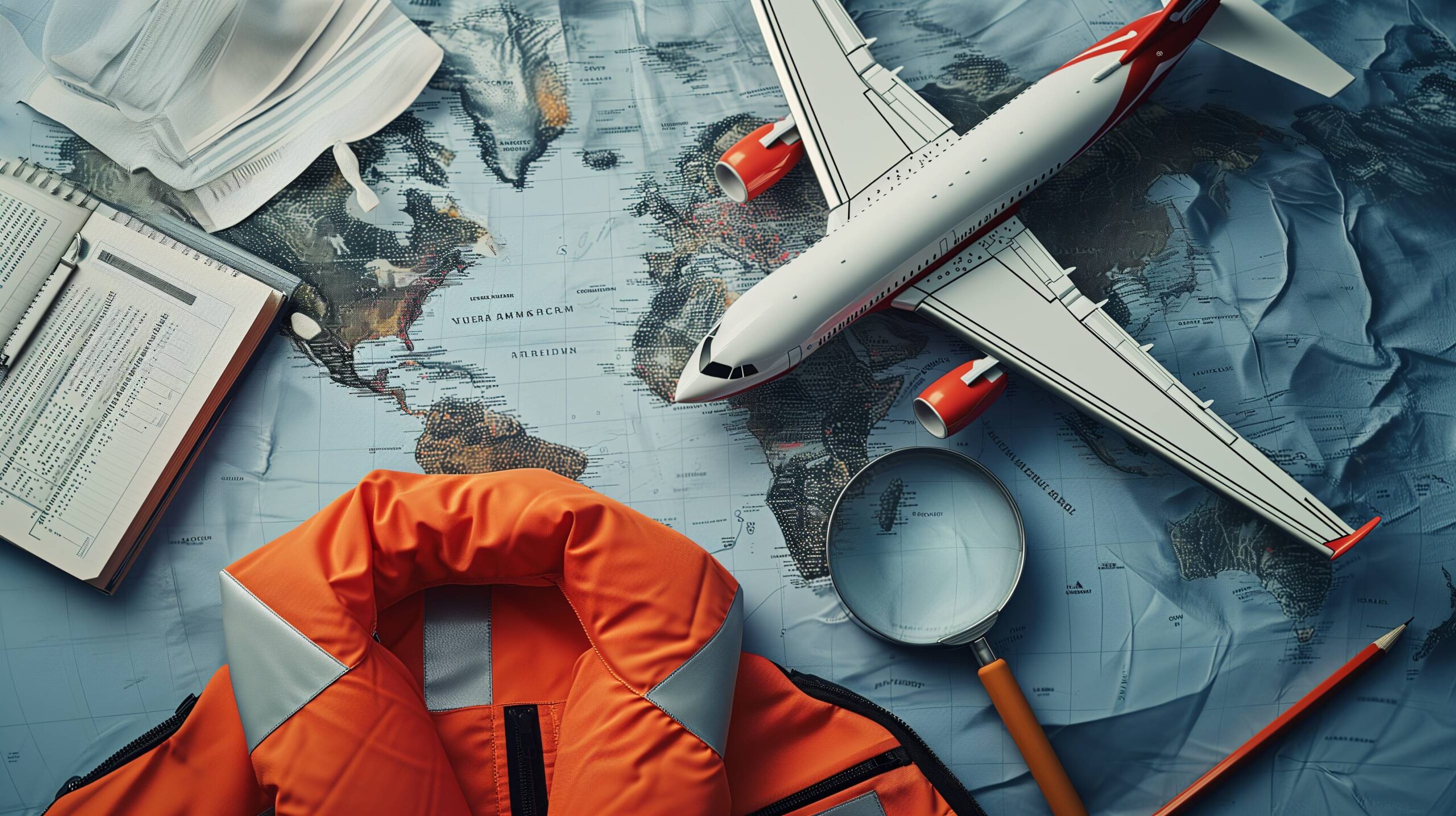
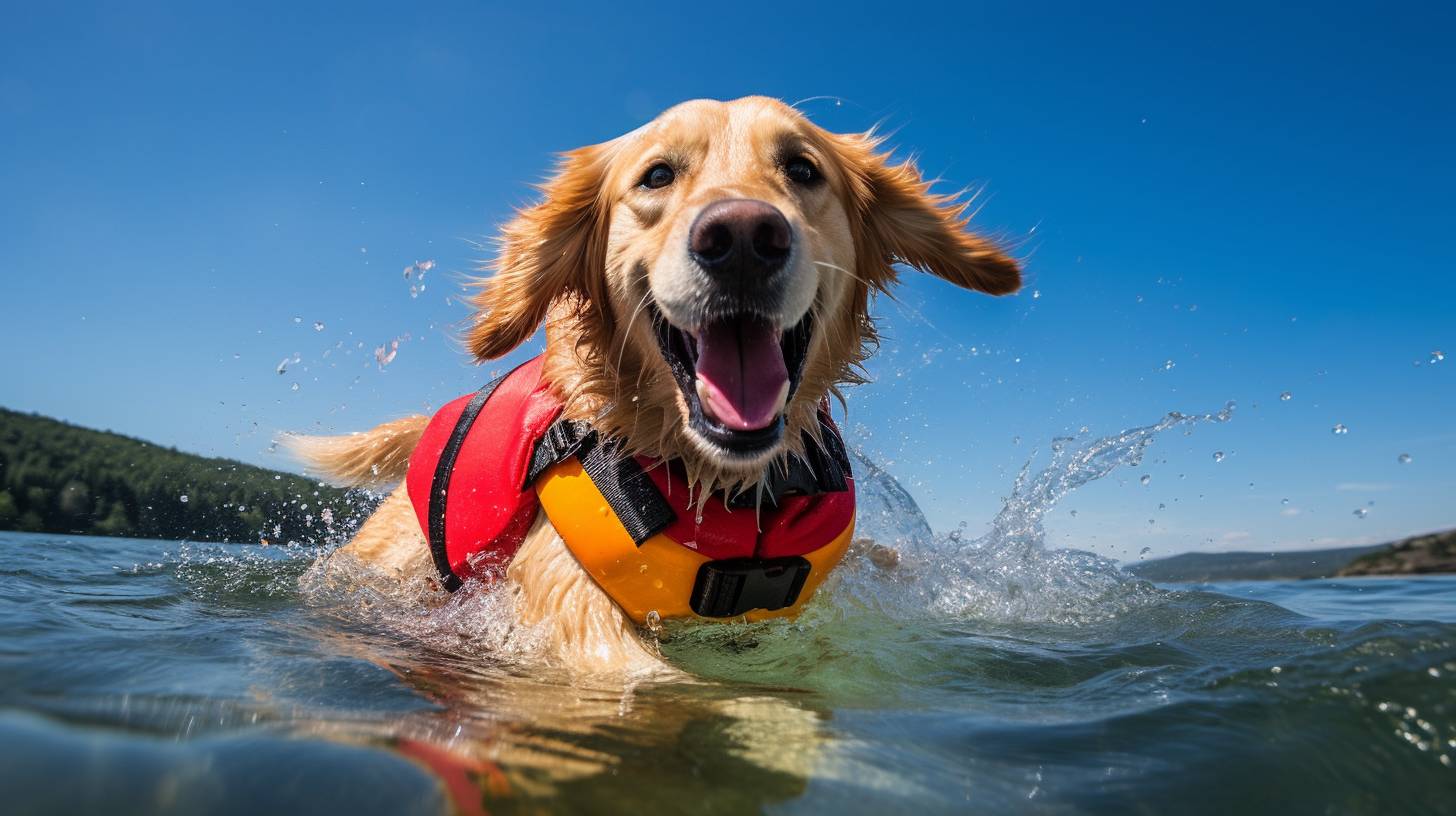
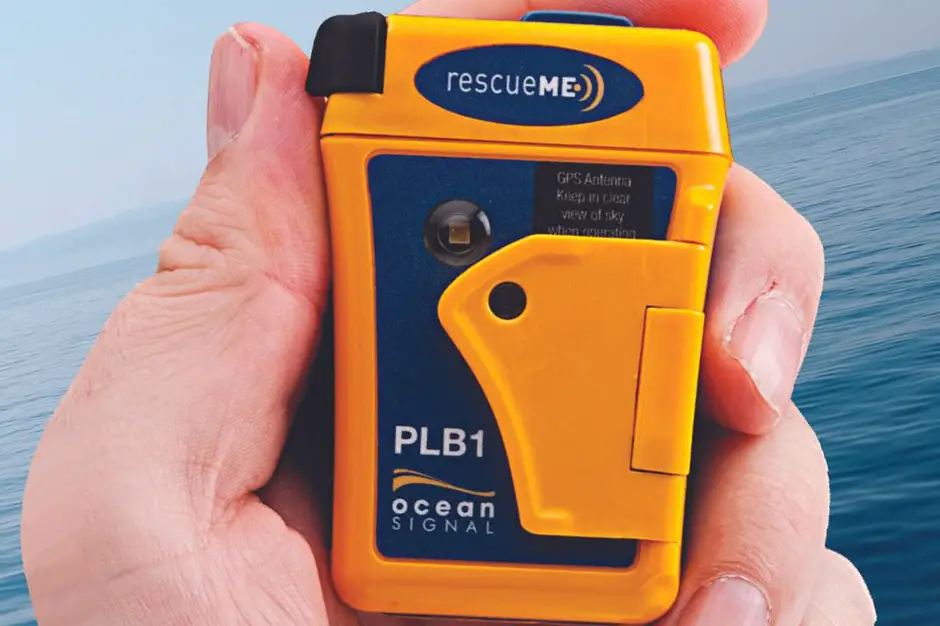
Leave a Reply